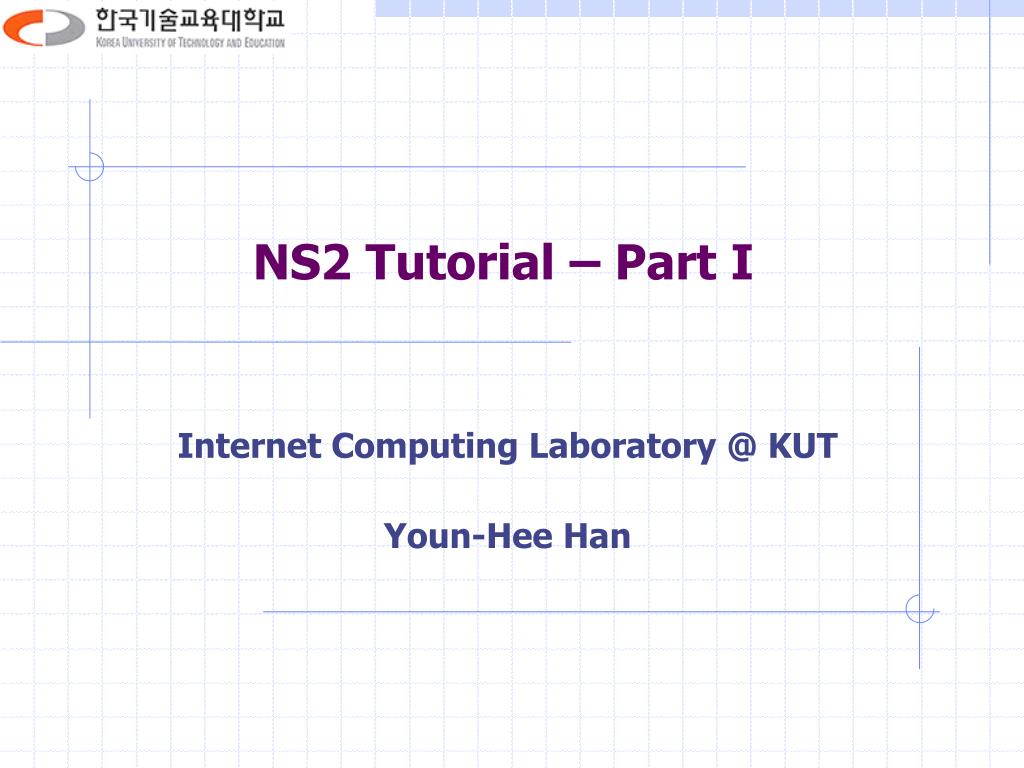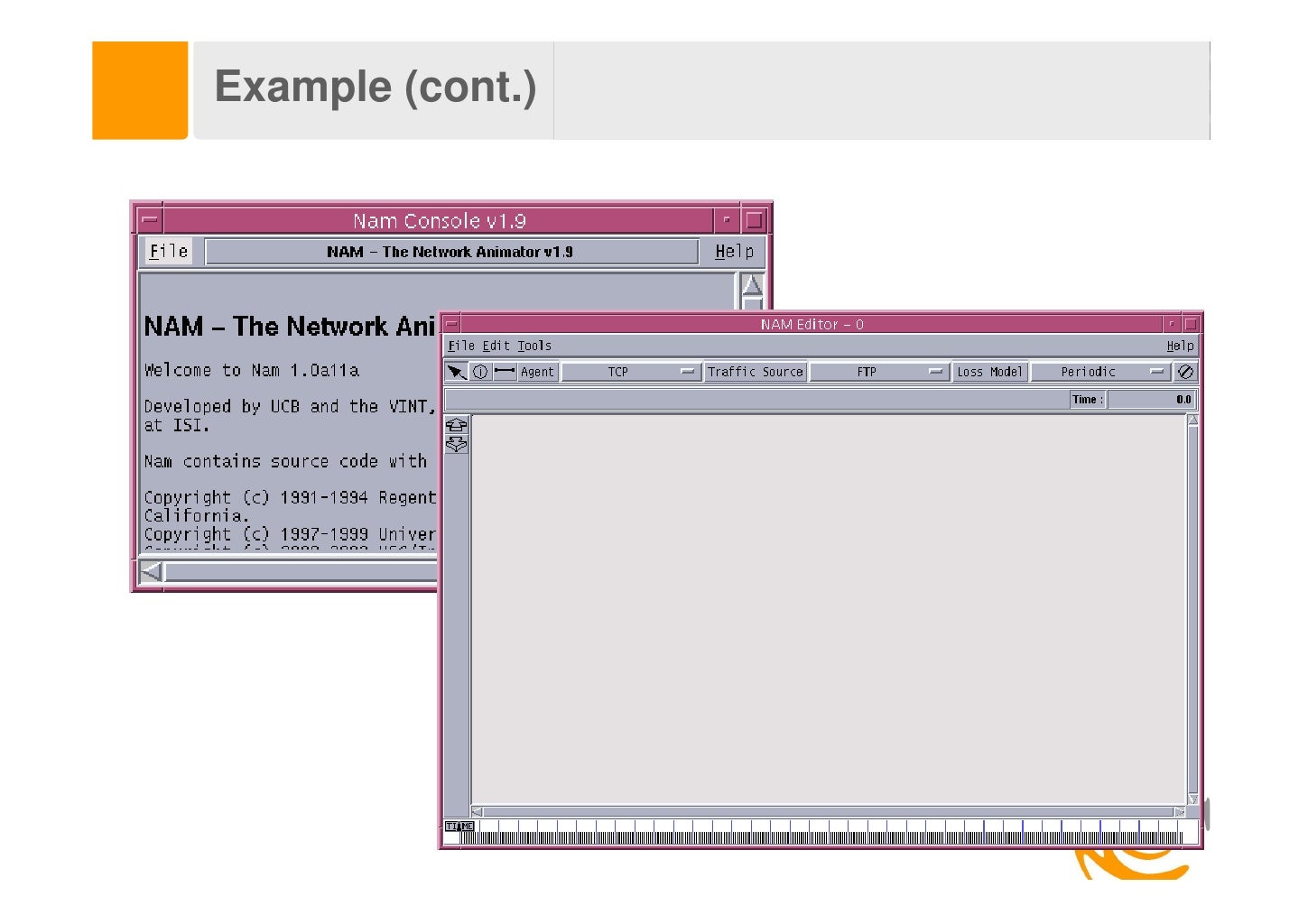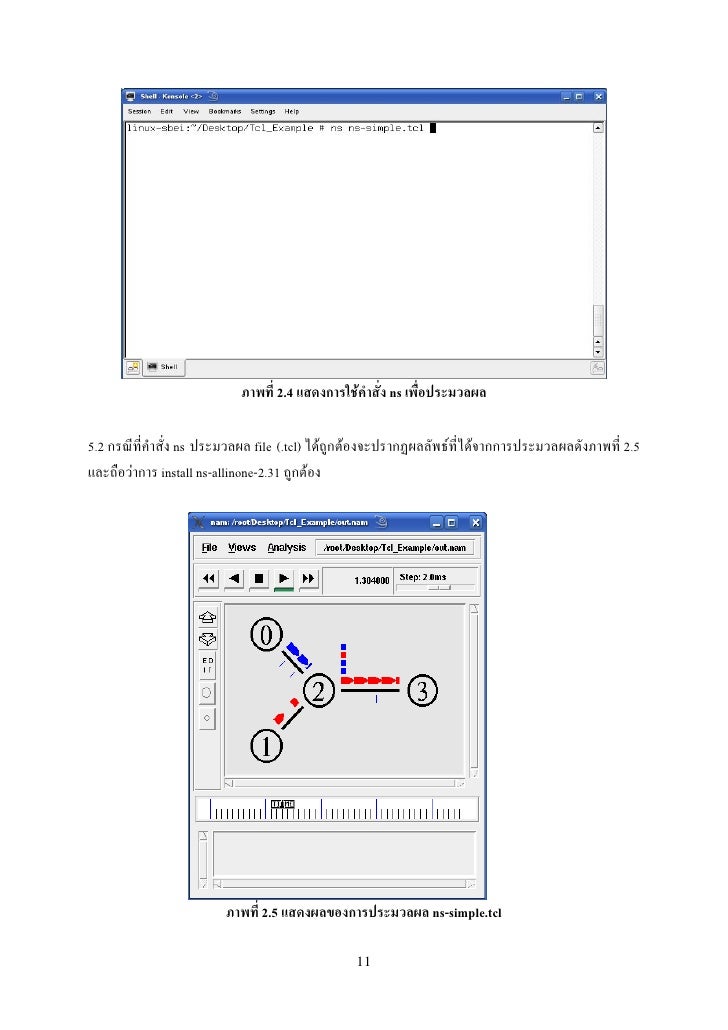
Using our example private IP addresses, we will add ns1, ns2, host1, and host2 to our list of trusted clients: your servers that are in the same datacenter as ns1). This is where we will define a list of clients that we will allow recursive DNS queries from (i.e. On ns1, open the file for editing:Ībove the existing options block, create a new ACL (access control list) block called “trusted”.

We will start with configuring the options file. These filenames begin with named because that is the name of the process that BIND runs (short for “domain name daemon”). Configuring the Primary DNS ServerīIND’s configuration consists of multiple files, which are included from the main configuration file, nf. Now that BIND is installed, let’s configure the primary DNS server. Save and close the file when you are finished. Refer to the following table the relevant details: Host Therefore, host1’s private Fully-Qualified Domain Name (FQDN) will be. With these assumptions, we decide that it makes sense to use a naming scheme that uses “” to refer to our private subnet or zone. However, using a domain you own may help avoid conflicts with publicly routable domains. Since our DNS system will be entirely internal and private, you do not have to purchase a domain name.



#Ns2 tutorial how to#
In this tutorial, we will go over how to set up an internal DNS server, using the BIND name server software (BIND9) on Ubuntu 18.04, that can be used by your servers to resolve private hostnames and private IP addresses. Setting up your own DNS for your private network is a great way to improve the management of your servers. Using fully qualified domain names (FQDNs), instead of IP addresses, to specify network addresses eases the configuration of services and applications, and increases the maintainability of configuration files. An important part of managing server configuration and infrastructure includes maintaining an easy way to look up network interfaces and IP addresses by name, by setting up a proper Domain Name System (DNS).


 0 kommentar(er)
0 kommentar(er)
